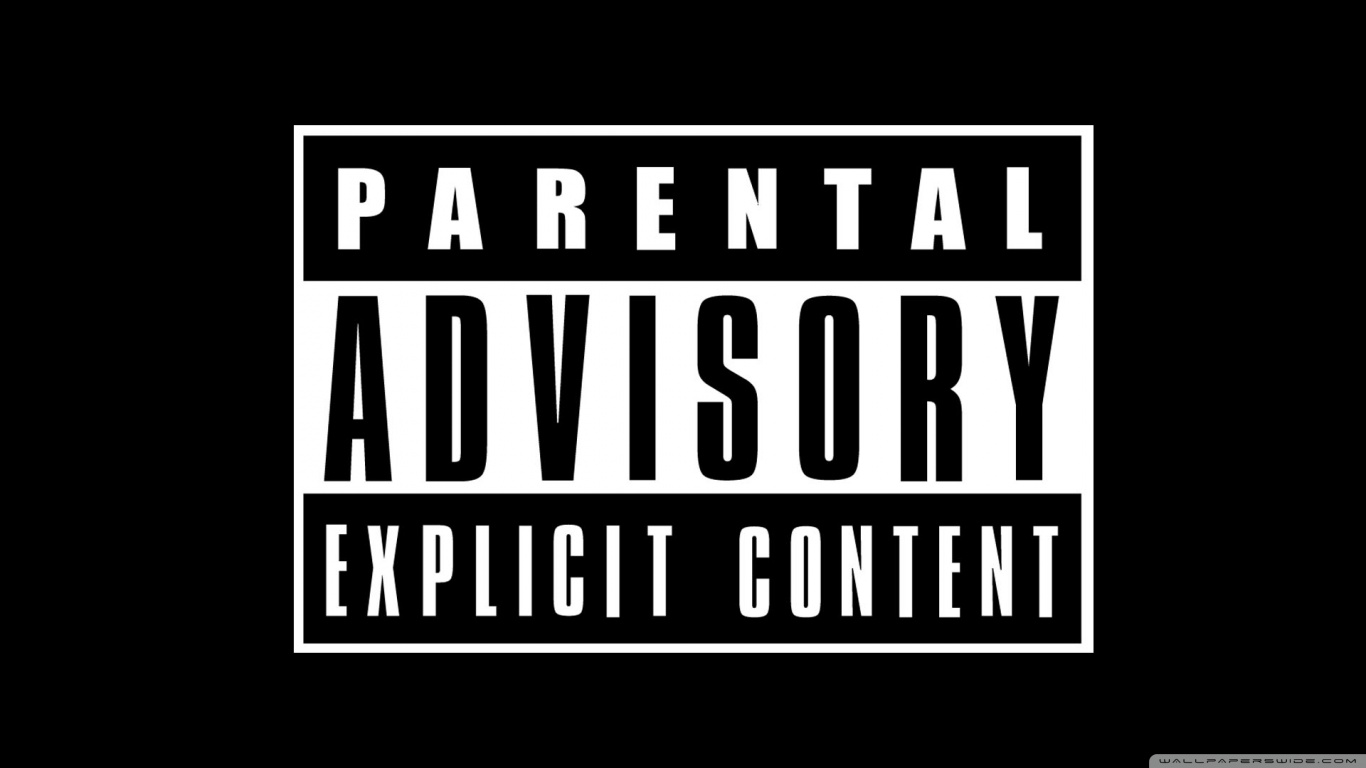
Jaksonlee62
Uploaded on Jun 27, 2024
Category
Technology
Keeping your home easy and comfortable all year round heavily relies on a properly functioning HVAC system. Despite being in the best of conditions, the most reliable systems can also run into problems.
Category
Technology
Chiller Noise Causes and Solutions
Chiller Noise: Causes and
Solutions
Air conditioning (AC) chillers play an important role in creating a cool and
comfortable environment. This blog post will help you understand the
concept of chiller noise, as well as its sources, impacts, and, most importantly,
how to lessen the abrupt ac chiller noise.
Understanding Chiller Noise Sources in Simple Words:
Chillers generate noise from various components:
Compressors: One of the major components is the compressor in the AC,
which creates a low-frequency hum as they pressurize refrigerant.
Fans: Condenser and cooling tower fans generate a whooshing sound as they
circulate air.
Water Flow: The movement of water within the chiller can create gurgling or
splashing noises.
The Impact of Chiller Noise:
Excessive chiller noise can have several negative effects:
Noise Pollution in Surrounding Areas: AC Chillers noise can cause problems
in residential areas as loud chillers can be a complete nuisance for neighbors
Disruption for Building Occupants: Constant noise can disturb attention,
impede conversation, and even cause headaches and exhaustion.
Non-compliance with Noise Regulations: Local rules frequently include noise
pollution limitations. Exceeding them can result in a penalty.
Strategies for Quieting the Roar:
Fortunately, there are strategies to tame the chiller's noisy tendencies:
Sound Barriers: Installing barriers around the chiller units can significantly
dampen noise transmission. These barriers can be made from materials
designed to absorb sound waves, reducing the overall noise level.
Vibration Isolation Mounts: Using vibration isolation mounts can prevent the
transmission of noise through the building structure. These mounts absorb
vibrations generated by the chiller, reducing the noise that reaches occupied
spaces.
Selecting Quieter Chiller Models: Modern chillers are often designed with
noise reduction features. When selecting a chiller, consider models with
lower sound ratings (measured in decibels, dB). Investing in quieter
equipment can provide long-term benefits in noise reduction.
Proper Chiller Maintenance: Regular maintenance is critical for maintaining
chiller components in top shape. Well-maintained systems are more efficient
and produce less noise. Maintenance tasks should include inspecting and
replacing worn parts, lubricating moving components, and ensuring proper
refrigerant levels.
Strategic Chiller Placement: Placing chillers away from noise-sensitive areas,
such as offices, bedrooms, or living spaces, can make a significant difference.
If possible, locate chiller units in areas where the noise will have the least
impact, such as basements or mechanical rooms with soundproofing.
If chiller noise is a concern for your building, consider consulting with an
HVAC professional. They can assess your specific situation and recommend a
combination of noise reduction strategies to create a quieter and more
comfortable environment for everyone.
By understanding the sources of chiller noise and implementing appropriate
mitigation measures, you can ensure your chiller keeps things cool without
creating a sonic storm!
Thank You

Comments